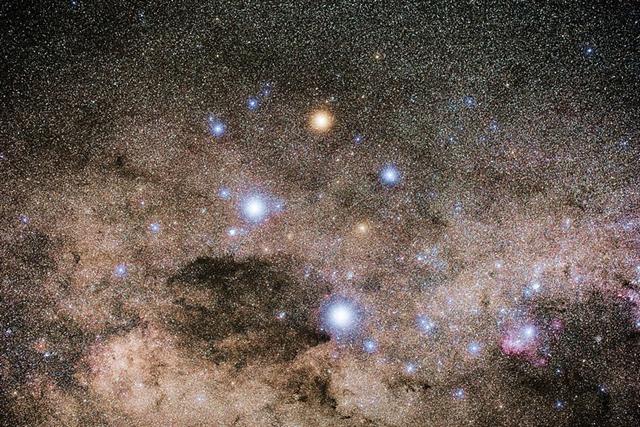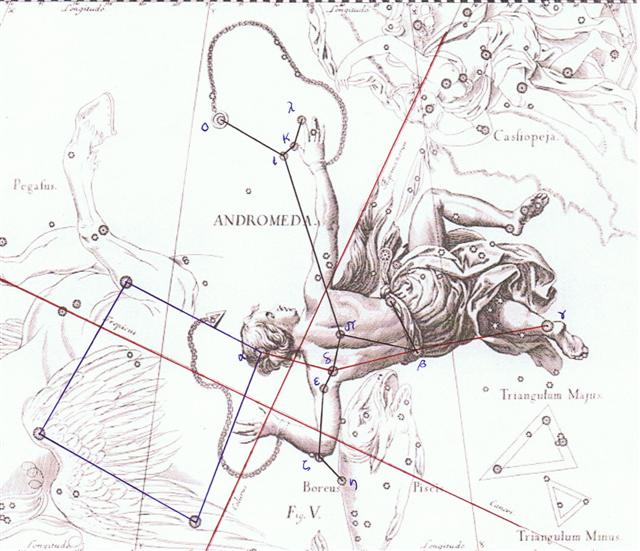Mother Nature 'dies' temporarily in the night called winter, when Sun is at the other side of the equator. Metoro may have thought so when he stated that the glyph type resembling a sacrificial victim hanging upside down like a dead fish was rau hei (a branch of mimosa).  ... Rau hei. 1. Branch of mimosa. 2. Killed enemy. 3. Hanged 'fish'. 'Branche du mimosa (signe de mort), ennemie túe (poisson suspendu)' according to Jaussen ... ... The Sensitive plant (Mimosa pudica L.) is a creeping annual or perennial herb often grown for its curiosity value: the compound leaves fold inward and droop when touched, re-opening within minutes. Mimosa pudica is native to Brazil, but is now a pantropical weed. Other names given to this curious plant are Humble plant, TickleMe plant, Shame plant, Sleeping Grass, Prayer plant, Touch-me-not, Makahiya (Philippines, meaning 'shy'), Mori Vivi (West Indies), mate-loi (false death) (Tonga) ... In the evening the leaflets will fold together and the whole leaf droops downward. It then re-opens at sunrise ... A buried seed is not dead, it only looks so. From it will originate a new generation. Winter (the 'year in straw') will eventually turn around into a new summer ('year in leaf'). ... In north Asia the common mode of reckoning is in half-year, which are not to be regarded as such but form each one separately the highest unit of time: our informants term them 'winter year' and 'summer year'. Among the Tunguses the former comprises 6½ months, the latter 5, but the year is said to have 13 months; in Kamchatka each contains six months, the winter year beginning in November, the summer year in May; the Gilyaks on the other hand give five months to summer and seven to winter. The Yeneseisk Ostiaks reckon and name only the seven winter months, and not the summer months. This mode of reckoning seems to be a peculiarity of the far north: the Icelanders reckoned in misseri, half-years, not in whole years, and the rune-staves divide the year into a summer and a winter half, beginning on April 14 and October 14 respectively. But in Germany too, when it was desired to denote the whole year, the combined phrase 'winter and summer' was employed, or else equivalent concrete expressions such as 'in bareness and in leaf', 'in straw and in grass' ... In rongorongo times the star Mimosa (β Crucis) - the last of the 4 major stars in the Southern Cross - rose together with Sun in the last day of September, 193 days after March 21:
For people living south of the equator the Southern Cross was a natural dial for telling the time: ... The two great stars, which marks the summit and the foot of the Cross, having nearly the same right ascension, it follows that the constellation is almost perpendicular at the moment when it passes the meridian. This circumstance is known to the people of every nation situated beyond the Tropics or in the southern hemisphere. It has been observed at what hour of the night, in different seasons, the Cross is erect or inclined. It is a time piece, which advances very regularly nearly four minutes a day, and no other group of stars affords to the naked eye an observation of time so easily made. How often have we heard our guides exclaim in the savannahs of Venezuela and in the desert extending from Lima to Truxillo, 'Midnight is past, the Cross begins to bend' ... In the Gregorian calendar the 'year in straw' can be regarded to begin with for instance October 1, after 9 months from the beginning of the year. The normal period of human gestation is also around 9 months, but October 1 cannot be the date of birth of the 'year in leaf'. Instead the time of birth had to be determined by looking at the stars which were close to the Full Moon in the night. When Mimosa was 'folding her leaves' together with the Sun in September 30 then the stars at the opposite side of the sky roof, those stars which were observed in the night to be together with the Full Moon, would have defined the date of 're-opening of the leaves' as April 1:
From January 1 to March 21 there are 80 days, and 80 + 192.9 = 273 (September 30). From September 30 to April 1 (91) there are 365 + 91 - 273 = 183 days. April 1 - when Mimosa was close to the Full Moon - should be the date of rebirth for the 'year in leaf', not October 1. Moon means birth, Sun means death. From October 1 to April 1 there are 91 + 365 - 274 = 182 (half 364) days. From July 1 (182) to April 1 there are 91 + 365 - 182 = 274 days or ca 9 months. The pregnancy of Mother Nature could therefore be imagined to begin in early July (at aphelion) and end at the beginning of April. Among those stars which were close to the Full Moon in the night of September 30, when Mimosa was together with Sun, there seems to have been one with special importance, viz. η Andromedae. Remarkably it has no proper name, but maybe the reason was that 'winter counting' could not begin until October 1. Time flows and the first 'notch' for the 'year in straw' could not arrive until at the beginning of October 1. η Andromedae may have played the role of determining 'day zero' in the Arabic manzil structure. The following is my reconstruction of the origin of the Arabic system:
In rongorongo times every one of these Arabic star determinants - the redmarked ruling stars in my table above - had a right ascension value with the fraction 0.4 and in the column at right are the accumulated distances counted from η Andromedae. According to Hevelius η Andromedae should be in the back of the northern of the pair of fishes in Pisces:
|



